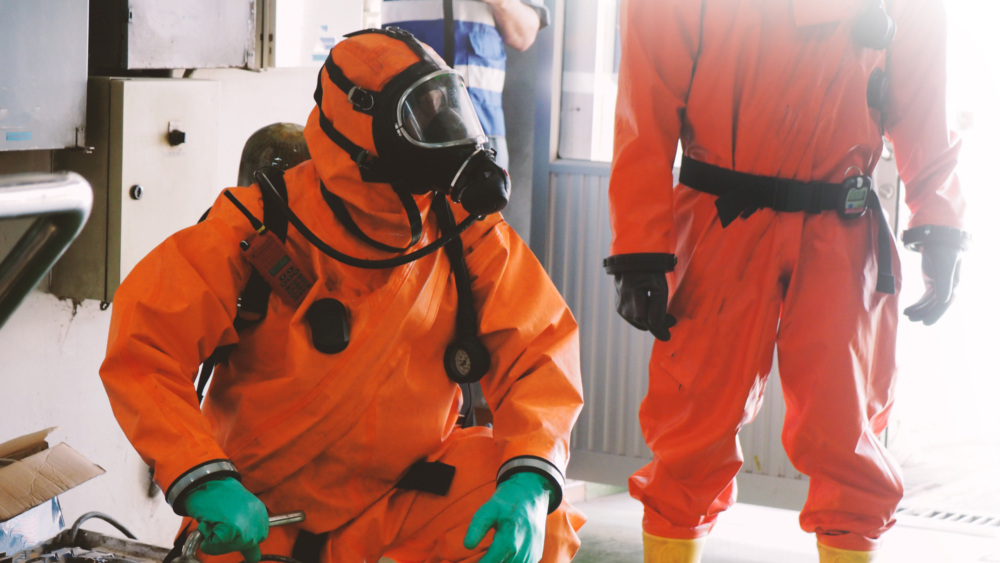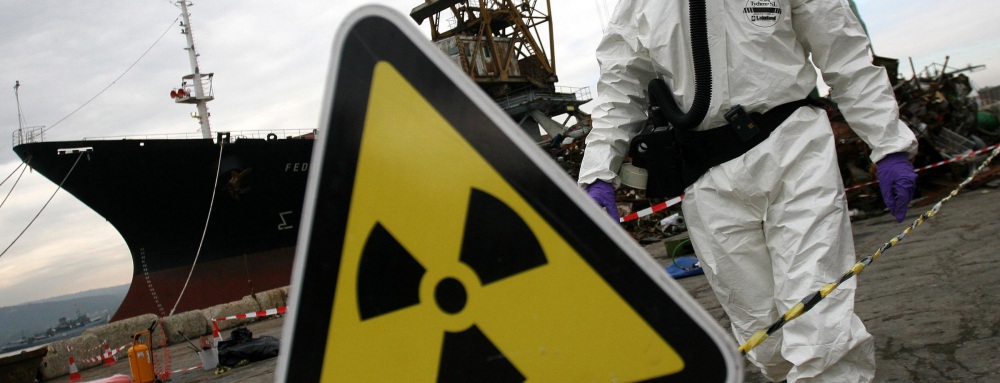
Julie Bentz
Major General (Ret.)
The COVID-19 pandemic has raised important questions about resiliency and preparedness for other catastrophic disasters, including nuclear and radiological emergencies. Based on expert interviews with dozens of response practitioners, this paper assesses potential gaps in preparedness for nuclear and radiological emergencies, including challenges pertaining to coordination, training, equipment shortages, expertise deficits, and crisis communication with the public. The paper proposes recommendations to policymakers on how to bolster preparedness for nuclear and radiation emergencies in order to better protect the public from these catastrophic risks.
The human, economic, and societal devastation caused by the COVID-19 global pandemic laid bare the fact that the international community, including some of the richest countries in the world, was (and still is) poorly prepared for low-probability, high-consequence catastrophes. Questions about how much preparedness is enough for such events have long dogged policymakers, academics, and budget drafters—and will be at the heart of the effort to rebuild our societies to make them more resilient to withstand such catastrophic risks.
Among such risks are nuclear and radiological emergencies. Ever since the Soviet Union tested its first nuclear device in 1949, policymakers in the United States have had to plan for and equip communities with the resources to respond quickly, sometimes in mere minutes, to save lives and mitigate catastrophic damage from a nuclear blast. The Three Mile Island, Chernobyl, and Fukushima nuclear power plant accidents further enhanced our collective understanding of and preparedness for radiological emergencies and sensitized policymakers and the public to the importance of effective radiological emergency preparedness and response. A May 2019 radiation release at a hospital in Seattle underlined the ongoing need for such preparedness, even when lives are not immediately on the line. And while communities have made progress in preparing for the unthinkable, more still needs to be done.
As the COVID-19 global pandemic highlighted the challenges in local and global health preparedness, it brought back into the spotlight the need for broader emergency preparedness for the unthinkable. In response, NTI sought to assess the state of domestic readiness for nuclear and radiological emergencies, noting that even the most well-prepared countries, such as the United States, still managed to suffer enormous consequences from the pandemic. NTI commissioned Maj. General Julie Bentz (ret.) to conduct this analysis; her findings are included in the sections that follow. We hope that they serve as a useful guide for policymakers and practitioners as they consider ways to bolster our country’s preparedness for nuclear and radiological emergencies.
Leon Ratz, Jessica Bufford, Ioanna Iliopulos
Nuclear Threat Initiative
###
Sign up for our newsletter to get the latest on nuclear and biological threats.
“The bottom line is that the countries and areas with the greatest responsibility for protecting the world from a catastrophic act of nuclear terrorism are derelict in their duty,” the 2023 NTI Index reports.
Nuclear and radiological security aims to ensure nuclear and other radioactive materials are secure from unauthorized access and theft, and that nuclear facilities are secure from sabotage.
The report identifies key roles played by federal, state, and local regulators, operators, and decision makers in implementing cesium-137 substitution strategies.


